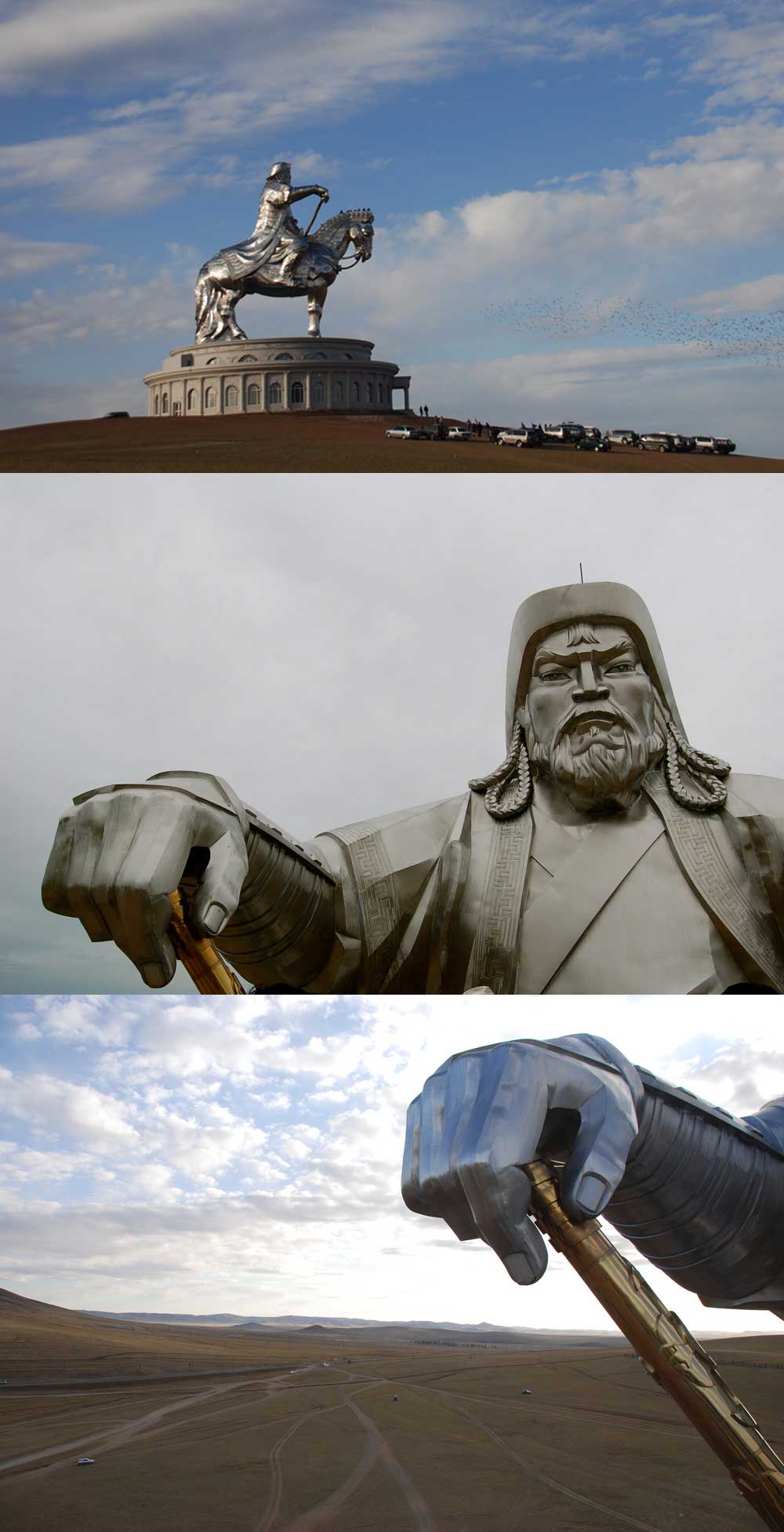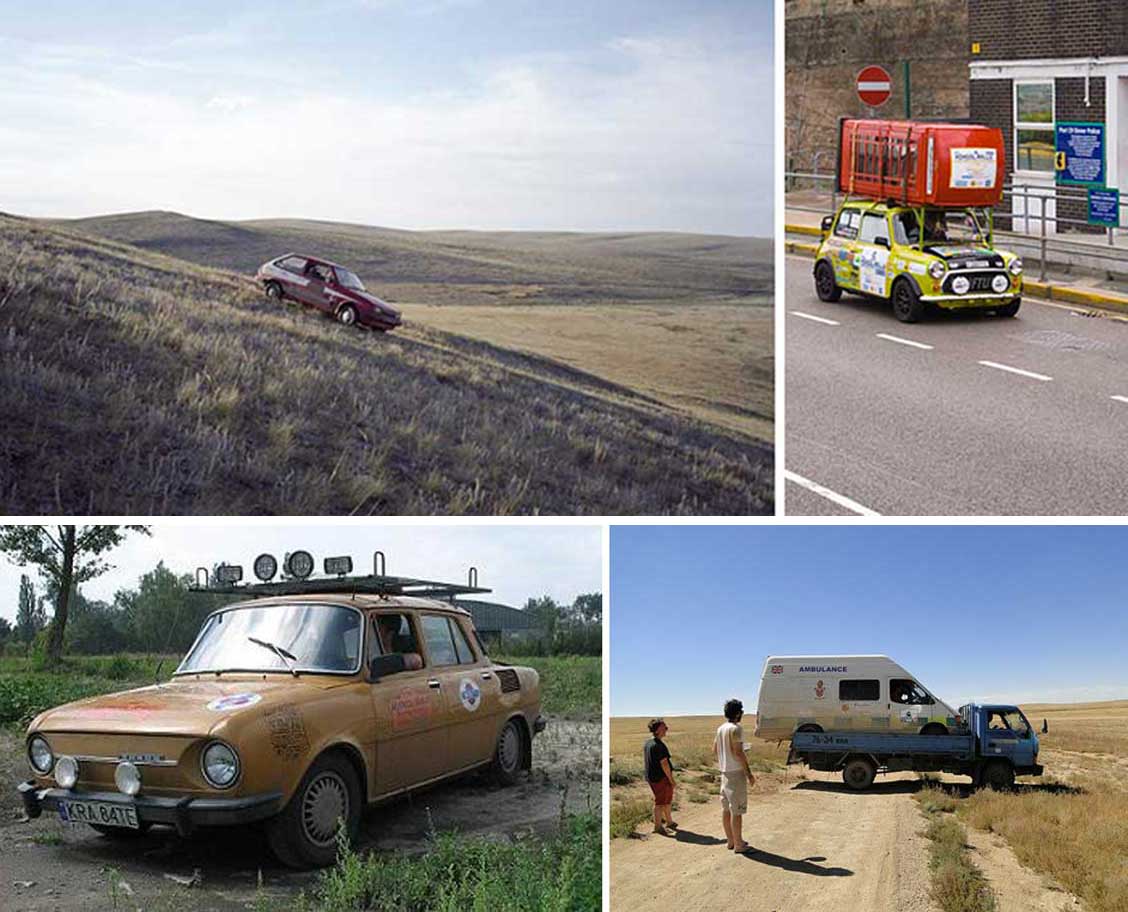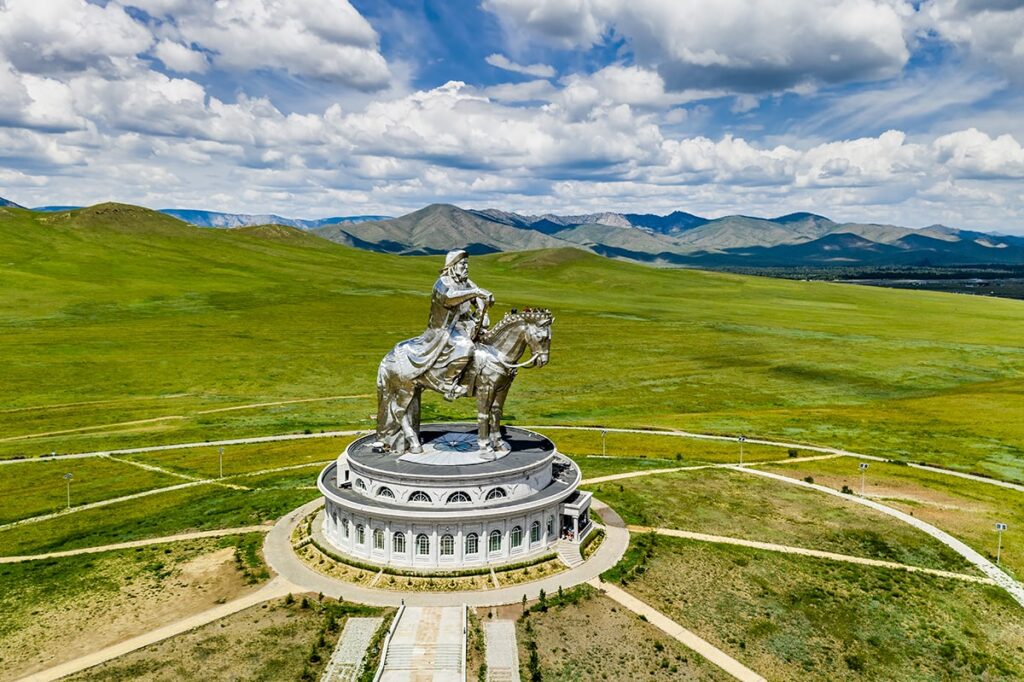1. Wildlife: Mongolia’s wildlife includes: camels, gerbils, eagles, horses (including Przewalski horses, the world’s last wild horse breed) and more than 50 unique fish species
2. Ulan Bator: The capital Ulan Bator (or Ulaanbataar) is Mongolia’s largest city and home to approximately 1.3 million inhabitants. The name ‘Ulaanbataar’ is a Mongolian word that literally means ‘red hero’. The city was founded in 1639 as a nomadic city that moved 3 times a year. It wasn’t until 1778 that the city was firmly anchored in its current location
3. Coldest capital city: With an average year-round temperature of -1.3 degrees Celsius, Ulaanbaatar is the coldest capital city in the world. This is mainly due to three things: 1) the city’s high altitude (1,350 m), 2) the city’s location several hundred kilometers from the sea and 3) the influence of the Siberian high pressure (anticyclone)
4. Oldest national park: Mongolia is home to the world’s oldest national park. It is called ‘Bogd Khan National Park’ and is located south of Ulan Bator. The park dates back to 1778.
5. Mongol Rally: Every year, the Mongol Rally is a motor race where participants start in Europe and drive to Ulan Bator. The traditional starting point is the Goodwood Circuit in the UK, but nowadays there are several European starting points and the race length is approximately 13-16,000 km. The rally is notorious for people using cars in poor condition and in recent years the Mongolian authorities have tightened the rules slightly to avoid accidents. The race also differs from other rallies in that there are no prizes, motor assistance, accommodation or other practical arrangements

Fact: 54 km from the capital Ulan Bator is a 40 meter tall statue of Genghis Khan. He sits on the world’s tallest horse statue
6. Genghis Khan: Genghis Khan was a Mongolian Khan who united the Mongol tribes and established the Mongol Empire. Genghis Khan’s real name was Temudjin Borjigin – ‘Genghis Khan’ (meaning “ruler of the world”) was a title bestowed on him by Mongol chieftains in 1206
7. The Genghis Khan statue: About 1 hour drive (54 km) from Ulan Bator, there is a 40 meter tall statue of Genghis Khan. The horse on which Genghis Khan sits is the world’s largest statue of a horse. Visitors can – via the horse’s chest and neck – enter the horse’s head, from where there are panoramic views of the 200 surrounding yurts (traditional round nomadic huts). The yurts are arranged in the same pattern that the Mongolian tribes used in the 13th century to brand their horses
8. Kublai Khan: Also called ‘the last of the Great Khans’, Kublai Khan was the grandson of Genghis Khan. Kublai Khan unified China for the first time and founded the Yuan dynasty
9. Geography: The average altitude in Mongolia is 1,580 meters above sea level. The landscape includes many lakes, marshes, sand dunes, grasslands, coniferous forests and permanent mountain glaciers. Asia’s largest freshwater lake, Khövsgöl, is also located in Mongolia
10. Gobi Desert: Asia’s largest desert, the Gobi Desert, is located in southern Mongolia and northern China. The Gobi Desert was once an ocean, which explains the relatively high fossil abundance (many tourists take them home as souvenirs!). At 1.3 million km2, the Gobi Desert is the fifth largest desert in the world

Fact: The Mongol Rally is a 13-16,000 km long motor race that starts in various locations in Europe and ends in Mongolia’s capital, Ulan Bator. The race is known for its many unsuitable vehicles


